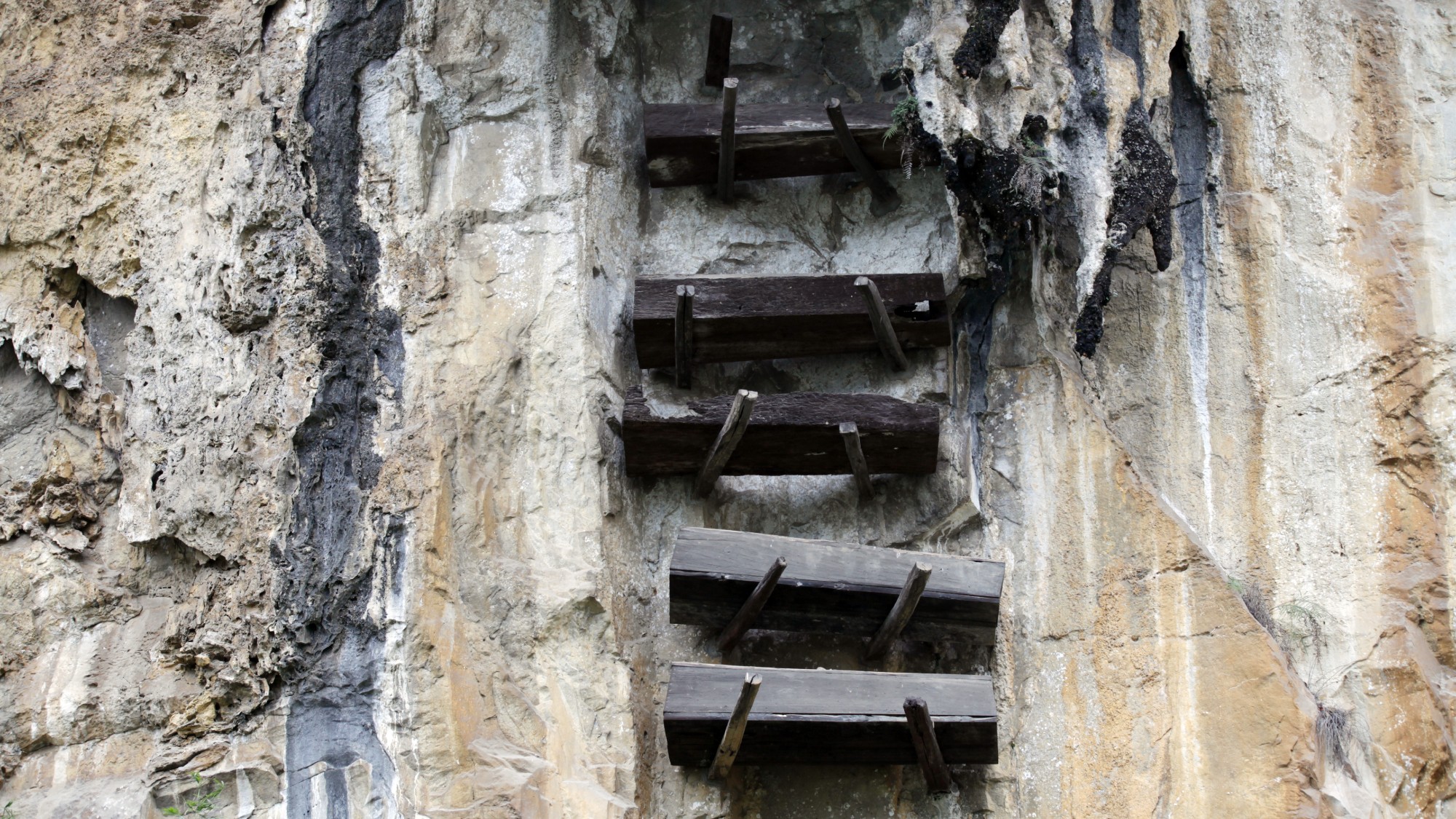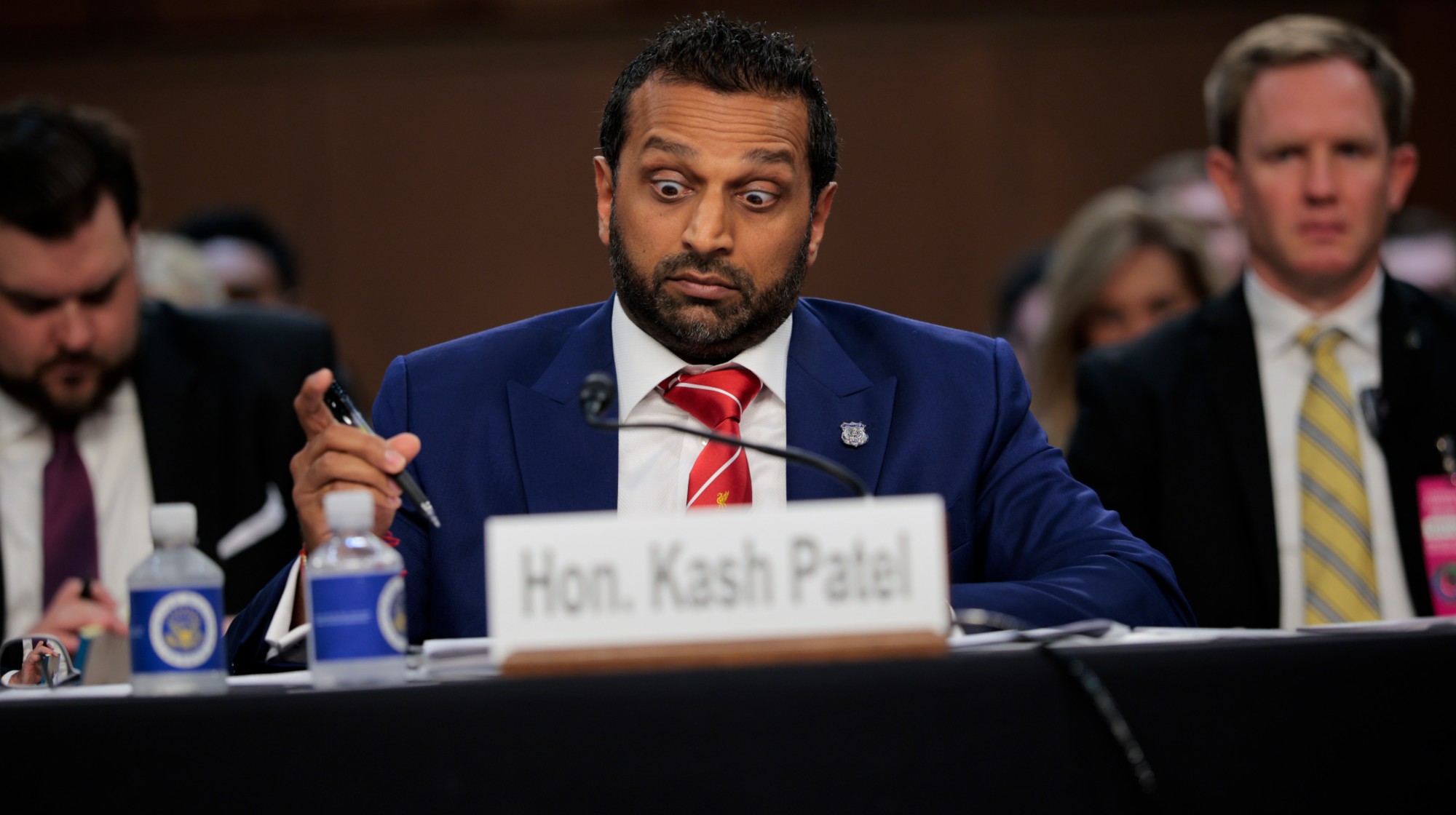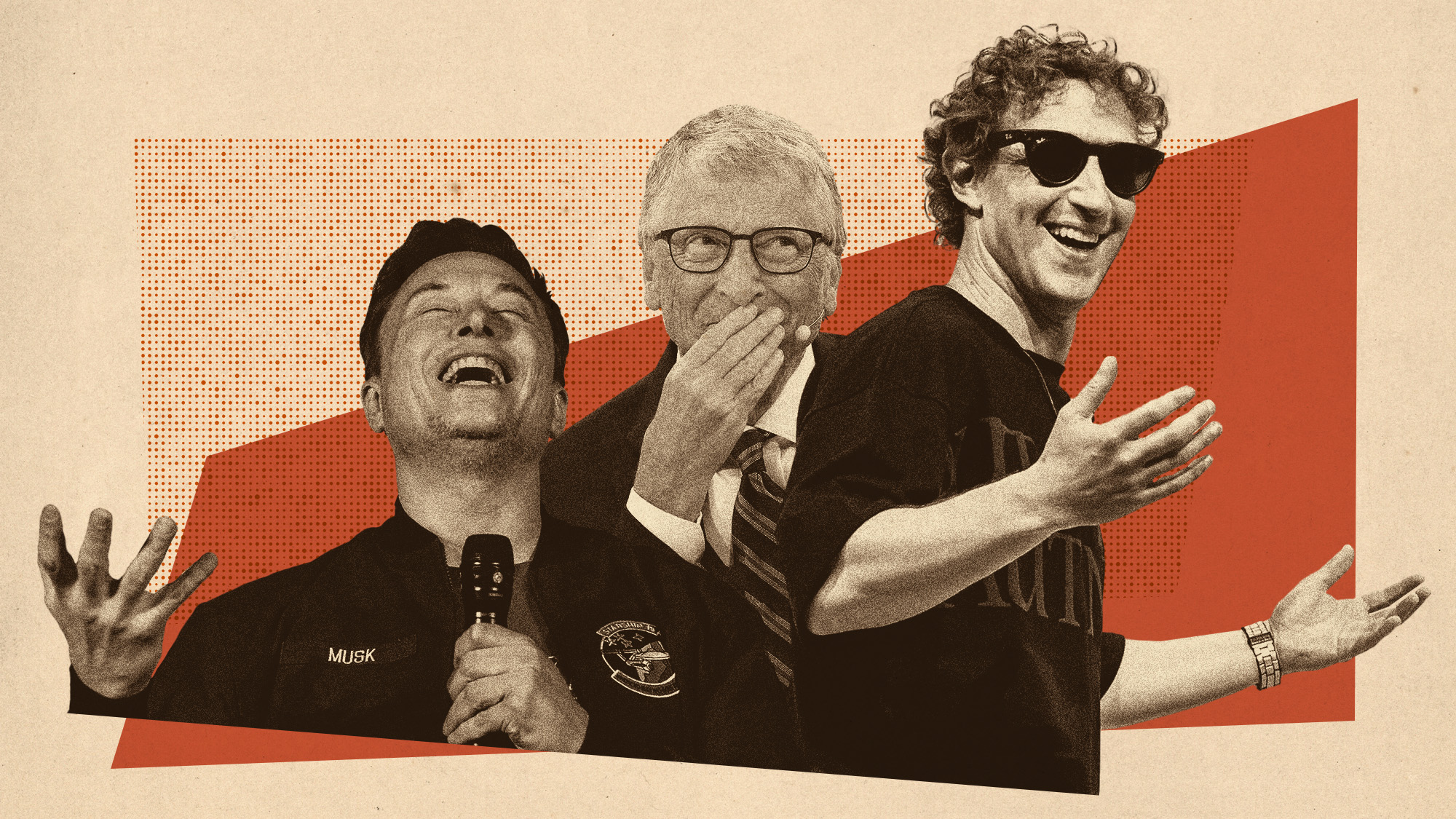Can President Trump save America from the Federal Reserve?
The Federal Reserve is about to make a major mistake. Can the president stop it?


So what do the Federal Reserve, President Trump, and the Republican Party have in common with the main characters of The Good the Bad and the Ugly? They could all wind up in a three-way duel.
And while everyone's watching the disastrous spectacle of the Republicans' effort to kill ObamaCare, Friday's jobs report made this next showdown a little more likely.
By just about any metric, the economy modestly improved in February. The unemployment rate ticked down from 4.8 percent to 4.7 percent, and the underemployment rate fell from 9.4 percent to 9.2 percent. Labor force participation nudged up, as did the prime age employment-population ratio. The rate of wage growth stuck to its slow upward climb. The 235,000 jobs created in February was a bit below the 246,000 we need to hit each month — but not that far below.
The Week
Escape your echo chamber. Get the facts behind the news, plus analysis from multiple perspectives.

Sign up for The Week's Free Newsletters
From our morning news briefing to a weekly Good News Newsletter, get the best of The Week delivered directly to your inbox.
From our morning news briefing to a weekly Good News Newsletter, get the best of The Week delivered directly to your inbox.
The economy is clearly healing. But there's a big difference between "healing" and "healed." Figuring out when the latter happens is where the trouble begins.
The Federal Reserve's job is to strike a balance between maximizing employment and controlling inflation. It does this by adjusting interest rates — downwards when the Fed thinks job creation needs a boost, upwards when it thinks prices are growing too fast.
But this puts the Fed in a really tricky position: If the economy keeps healing, eventually everyone who is willing and able to work will be employed. At that point, if pressure on the economy to grow continues, employers have to nab workers from one another by offering bigger and bigger wage hikes. Those wage hikes translate into rising prices, and inflation rates increase. So the Fed takes the pressure off by raising interest rates and squeezing credit.
This means it's really important for the Fed to know when the economy has maxed out its capacity to employ people.
A free daily email with the biggest news stories of the day – and the best features from TheWeek.com
Fed officials are looking at various economic metrics and thinking we're pretty close to capacity now. They're also eyeing Trump's pledges to cut taxes and dump a bunch of infrastructure spending on the economy. If those policies deliver the growth Trump promises (admittedly a very big "if") they would increase the speed at which the economy is approaching that already-close limit.
The Fed already hiked interest rates in December 2015 and December 2016. It seems almost certain Fed officials will do so again later this month. And while each increase was by the smallest possible increment (0.25 percent), another hike in March would rev up the pace of the increases.
But what if we're not actually close to capacity? Plenty of people think we're not — including President Trump.
Our commander-in-chief's command of economic statistics leaves a lot to be desired, to put it very mildly. Trump's claims about the "real" unemployment rate are all over the place and often utterly over the top. But the very simple point that we're further away from the economy's capacity than the Fed thinks is almost certainly true.
For instance, wage growth remains well below its 4 percent target, and the Fed's preferred measure of inflation is still stuck below the agency's 2 percent target — all despite the 4.7 percent unemployment rate. More to the point, the unemployment rate only counts Americans as jobless if they've looked for work in the last four weeks. If they've looked less often that that, they simply don't show up in the statistic. But the economy has been crummy for years following the Great Recession, and it's entirely possible that lots of people who can work and want to work have simply given up looking.
The Economic Policy Institute (EPI) has a handy tool for tracking these "missing workers" that the unemployment rate doesn't catch. It figures the number stands at 1.59 million.
Even more striking, that number was stuck between 2 million and 4 million for years. It only started dropping significantly in the last year and a half or so. There's data showing 2015 was an unusually good year for workers. And a new analysis by EPI's Elise Gould shows that wage growth from 2015 to 2016 was far more equally distributed up and down the class ladder than it's been in a long time.
So the good news is the economy is really improving. The bad news is it spent most of the time since 2008 in a holding pattern. And getting back to a world of genuinely shared prosperity will require that improvement to continue for a long time.
Unfortunately, both history and institutional design heavily bias the Fed towards fighting inflation over boosting jobs. The agency's itchy trigger finger could kill off the recovery just as it's finally getting underway.
President Trump may seem an odd or even perverse savior to rescue the economy from the Fed. But there are things he could do.
There's a long-standing norm in U.S. politics that you don't politicize the Fed's decisions on monetary policy. But Trump clearly cares not one wit for norms. You could imagine him using publicity stunts, rallies, and even his Twitter account to browbeat the Fed into laying off — though that would cause a huge stink and might not even work. More practically, Trump will soon have the chance to replace one quarter of the people on the Fed's governing board who vote on monetary policy — and possibly reshape the Fed into a more dovish and worker-friendly institution in the process.
Admittedly, Trump doesn't even seem to know what monetary policy he wants. But he's definitely promised the American people tons of jobs. The best jobs ever. And he won't like the Fed raining on his parade. The bigger problem here is the Republican-dominated Senate, which has to confirm Trump's Fed appointees. And the GOP is thoroughly convinced the Fed hasn't been trigger happy enough about inflation.
As wacky as it sounds, that's how the Fed, the GOP, and Trump could all wind up with guns drawn on one another. And every jobs report like Friday's brings the showdown one step closer.
Jeff Spross was the economics and business correspondent at TheWeek.com. He was previously a reporter at ThinkProgress.
-
 The curious history of hanging coffins
The curious history of hanging coffinsUnder The Radar Ancient societies in southern China pegged coffins into high cliffsides in burial ritual linked to good fortune
-
 The Trump administration says it deports dangerous criminals. ICE data tells a different story.
The Trump administration says it deports dangerous criminals. ICE data tells a different story.IN THE SPOTLIGHT Arrest data points to an inconvenient truth for the White House’s ongoing deportation agenda
-
 Ex-FBI agents sue Patel over protest firing
Ex-FBI agents sue Patel over protest firingspeed read The former FBI agents were fired for kneeling during a 2020 racial justice protest for ‘apolitical tactical reasons’
-
 Has Zohran Mamdani shown the Democrats how to win again?
Has Zohran Mamdani shown the Democrats how to win again?Today’s Big Question New York City mayoral election touted as victory for left-wing populists but moderate centrist wins elsewhere present more complex path for Democratic Party
-
 Millions turn out for anti-Trump ‘No Kings’ rallies
Millions turn out for anti-Trump ‘No Kings’ ralliesSpeed Read An estimated 7 million people participated, 2 million more than at the first ‘No Kings’ protest in June
-
 Ghislaine Maxwell: angling for a Trump pardon
Ghislaine Maxwell: angling for a Trump pardonTalking Point Convicted sex trafficker's testimony could shed new light on president's links to Jeffrey Epstein
-
 The last words and final moments of 40 presidents
The last words and final moments of 40 presidentsThe Explainer Some are eloquent quotes worthy of the holders of the highest office in the nation, and others... aren't
-
 The JFK files: the truth at last?
The JFK files: the truth at last?In The Spotlight More than 64,000 previously classified documents relating the 1963 assassination of John F. Kennedy have been released by the Trump administration
-
 'Seriously, not literally': how should the world take Donald Trump?
'Seriously, not literally': how should the world take Donald Trump?Today's big question White House rhetoric and reality look likely to become increasingly blurred
-
 Will Trump's 'madman' strategy pay off?
Will Trump's 'madman' strategy pay off?Today's Big Question Incoming US president likes to seem unpredictable but, this time round, world leaders could be wise to his playbook
-
 Democrats vs. Republicans: who are US billionaires backing?
Democrats vs. Republicans: who are US billionaires backing?The Explainer Younger tech titans join 'boys' club throwing money and support' behind President Trump, while older plutocrats quietly rebuke new administration
